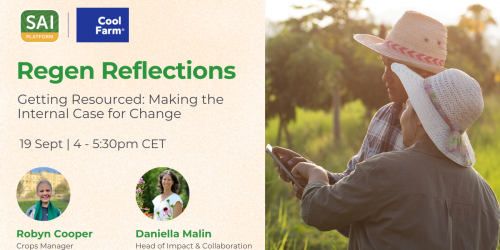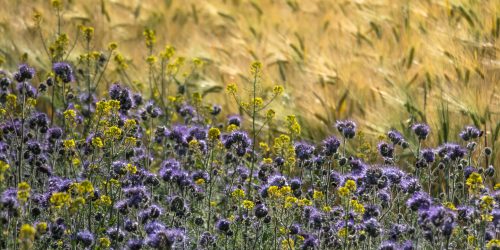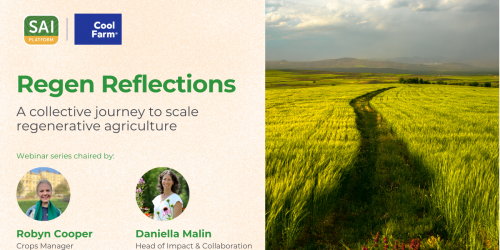The priorities should reflect the biodiversity outcomes that matter most to the stakeholders involved in the sector and the management practices they consider most relevant to achieving those outcomes. This priority-setting process represented the first step in the development of an evidence-based tool for biodiversity assessments on New Zealand farms.
The process followed four phases for collaborative priority setting: (a) defining and designing the project; (b) recruiting and engaging stakeholders; (c) making decisions to finalise priorities; and (d) disseminating and implementing results. The underlying structure of the process was derived from the design of the Cool Farm online biodiversity tool for farm-scale assessment of biodiversity management, designed to apply to farms anywhere in the temperate forest biome. The biodiversity tool identifies a priority set of management actions and species groups, and scores them according to a combination of expert judgement and scientific evidence. Once the project scope and design were finalised, social ethics approval was secured from Manaaki Whenua – Landcare Research, New Zealand’s national environmental research institute, which led the project.
The case study showed how local conservation initiatives can benefit from cross-scale collaborations, where emerging international research and tools can give a fast start, and learnings can be tailored to meet local needs cost-effectively, especially where the available resources are scarce. Also, the taken approach raise the likelihood that policies based on the defined priorities will be adhered.









